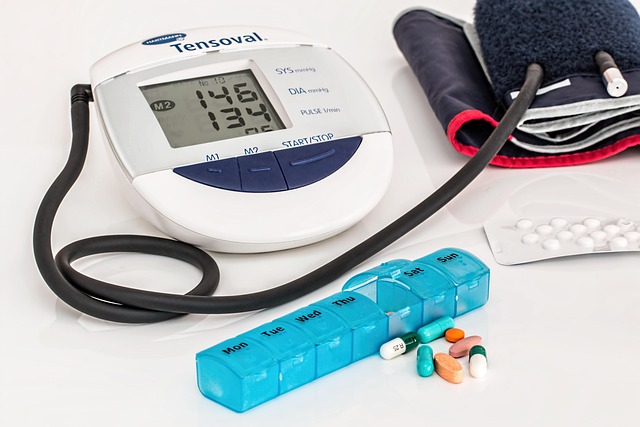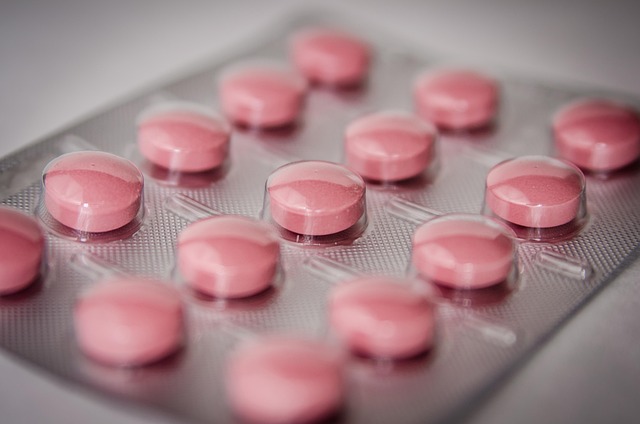Pulmonary Hypertension Treatment: Care for Lungs and Heart
Pulmonary hypertension (PH) is a condition where the blood pressure in the pulmonary arteries rises, putting strain on both the lungs and the heart. Treatment focuses on lowering pulmonary artery pressure, improving symptoms such as shortness of breath and fatigue, and slowing disease progression. Effective management usually involves a combination of targeted medicines, supportive therapies, specialist doctor oversight, and sometimes hospital-based procedures to stabilize or reverse right-heart strain. This article explains common treatment approaches and care settings for people living with PH.

This article is for informational purposes only and should not be considered medical advice. Please consult a qualified healthcare professional for personalized guidance and treatment.
How does treatment affect the lungs?
Therapies for pulmonary hypertension target the pulmonary circulation in the lungs to reduce resistance and improve oxygen delivery. Vasodilator treatments — given orally, inhaled, or intravenously — relax blood vessels in the lungs and can lower pulmonary artery pressure. Supplemental oxygen may be prescribed for those with low oxygen levels to ease breathlessness and reduce hypoxic vasoconstriction. Pulmonary rehabilitation programs combine breathing techniques, exercise training, and education to strengthen respiratory muscles and improve day-to-day functioning. For some patients with underlying lung disease, treating the primary lung condition is a key part of PH management.
How is the heart managed in PH?
Because pulmonary hypertension primarily stresses the right side of the heart, monitoring and protecting right ventricular function is central to care. Doctors use echocardiograms and sometimes right heart catheterization to measure pressure and assess heart performance. Diuretics help control fluid overload and reduce symptoms of congestion, while careful management of blood pressure and arrhythmias supports cardiac function. In advanced cases the focus may shift to advanced heart failure care, including consideration of device therapy, specialized heart-lung teams, or evaluation for transplant when medical therapy is insufficient to control symptoms.
What medicines are used?
A number of medicine classes are used to treat PH, often prescribed and adjusted by pulmonologists or cardiologists with PH expertise. Common categories include endothelin receptor antagonists, phosphodiesterase type 5 inhibitors, prostacyclin analogs or receptor agonists (which may be inhaled, oral, or intravenous), and soluble guanylate cyclase stimulators. Supportive medicines like diuretics, anticoagulants, and oxygen can be important depending on individual risk factors and comorbidities. Medication choice is guided by the PH subtype, severity, side-effect profiles, and the treating doctor’s assessment; regular follow-up and lab monitoring are typically required when patients are on targeted PH medicines.
When should you see a doctor?
Early evaluation is important when symptoms such as unexplained shortness of breath, exercise intolerance, fatigue, lightheadedness, or fainting occur. A primary care doctor can perform initial assessment and refer patients to a pulmonologist or cardiologist experienced with pulmonary hypertension. Definitive diagnosis often requires specialized testing including echocardiography and right heart catheterization. Regular visits with a PH specialist allow treatment adjustments, monitoring for medication side effects, and planning of supportive services like rehabilitation or palliative care when appropriate.
What happens in the hospital?
Hospital care is sometimes necessary for patients with severe symptoms, decompensated right-heart failure, or complications such as syncope or rapid clinical decline. Inpatient management can include hemodynamic monitoring, initiation or escalation of intravenous prostacyclin therapy, oxygen therapy, diuretics, and careful fluid management. Interventional procedures such as catheter-based testing or pulmonary angiography may be performed in specialized centers. For a small subset of patients with advanced disease, admission may be the step toward evaluation for lung transplant or combined heart-lung transplant, coordinated by a multidisciplinary hospital team.
| Provider Name | Services Offered | Key Features/Benefits |
|---|---|---|
| Mayo Clinic (USA) | Multidisciplinary pulmonary hypertension clinics, diagnostics, advanced therapies | Comprehensive PH program with access to right heart catheterization, clinical trials, and transplant evaluation |
| Cleveland Clinic (USA) | Pulmonary vascular disease center, inpatient and outpatient care | Team approach with cardiology, pulmonology, and heart-lung transplant coordination |
| Johns Hopkins Medicine (USA) | Pulmonary hypertension program, research and specialized clinics | Strong research pipeline and individualized treatment planning |
| Royal Papworth Hospital (UK) | Specialist cardiothoracic services and PH care | Renowned for advanced interventions, transplant services, and critical care expertise |
| UCSF Health (USA) | Pulmonary hypertension clinic, rehabilitation, transplant evaluation | Integrated care with focus on complex cases and multidisciplinary support |
Pulmonary hypertension is a chronic, heterogeneous condition that benefits from care at experienced centers where lungs and heart specialists collaborate. Treatment is highly individualized: some patients respond well to oral therapies and lifestyle measures, while others require inhaled or IV medicines, hospital procedures, or transplant evaluation. Regular follow-up with a knowledgeable doctor and care team, attention to medication effects, and enrollment in pulmonary rehabilitation when appropriate can improve quality of life and functional capacity.
This article is for informational purposes only and should not be considered medical advice. Please consult a qualified healthcare professional for personalized guidance and treatment.






